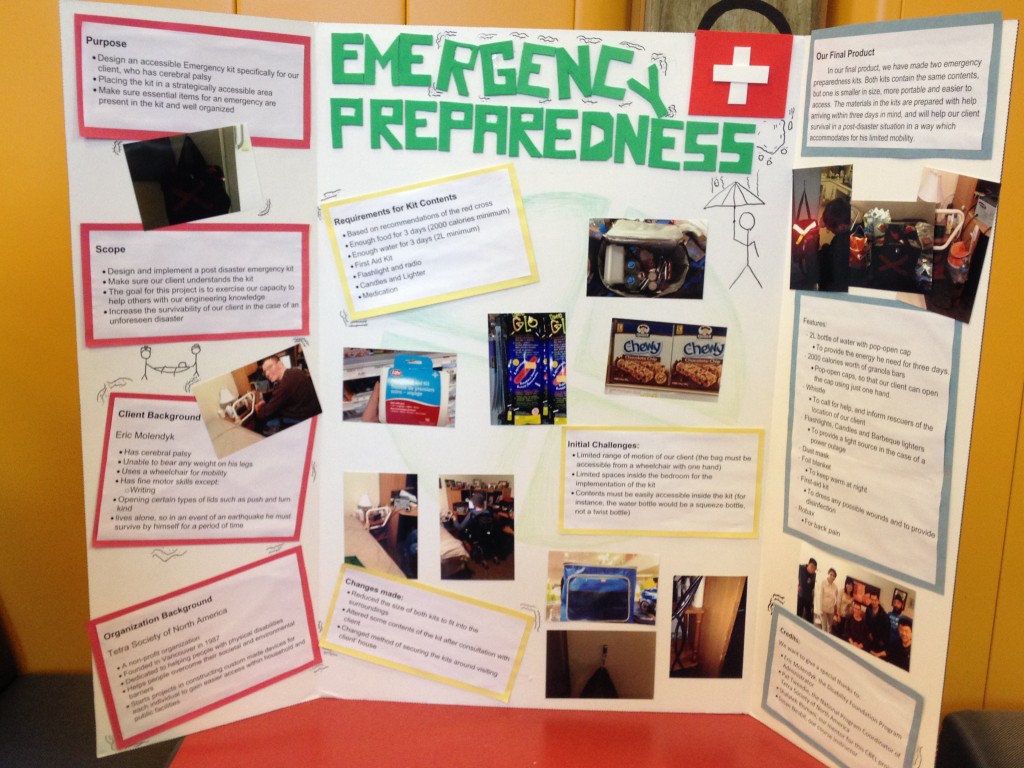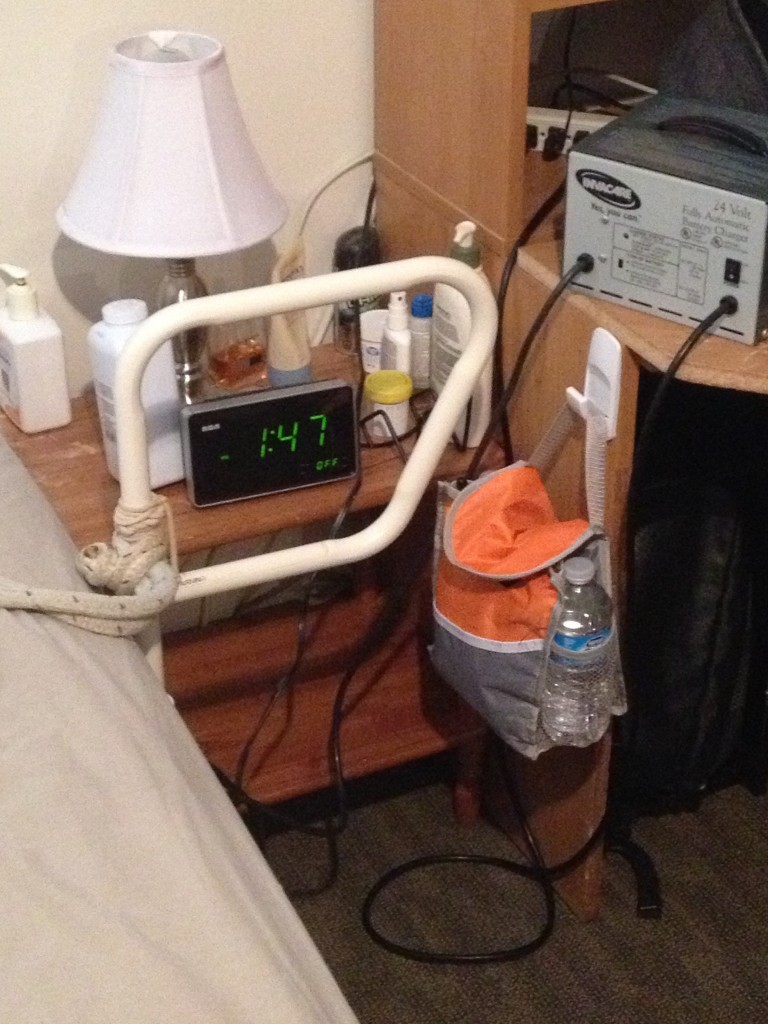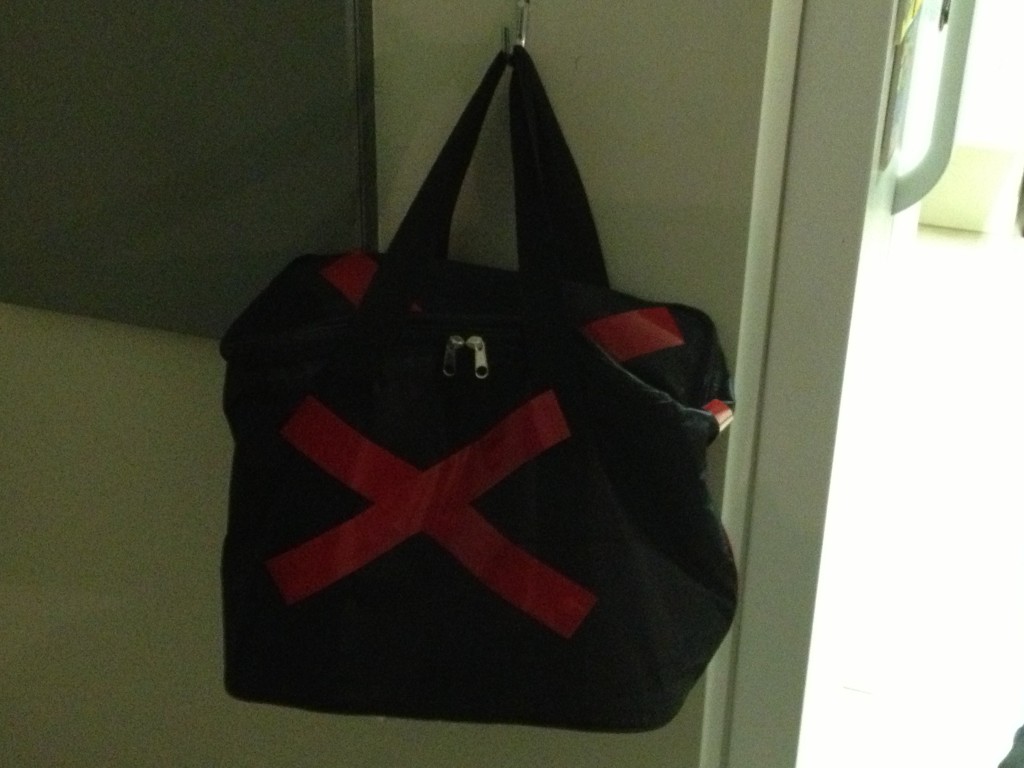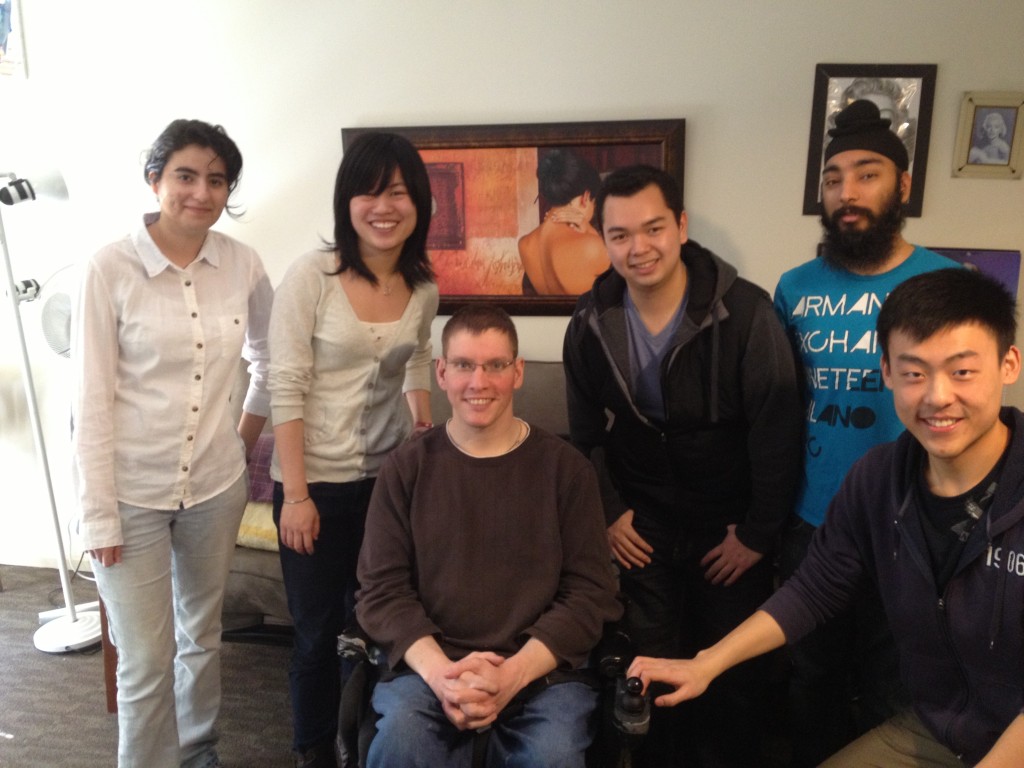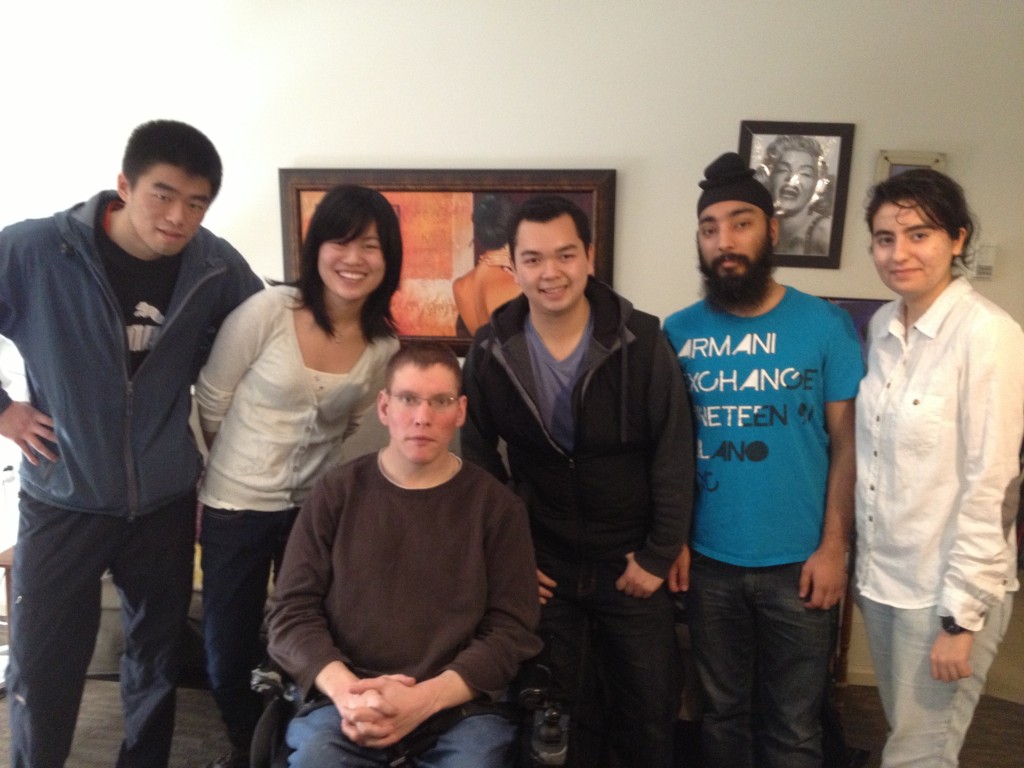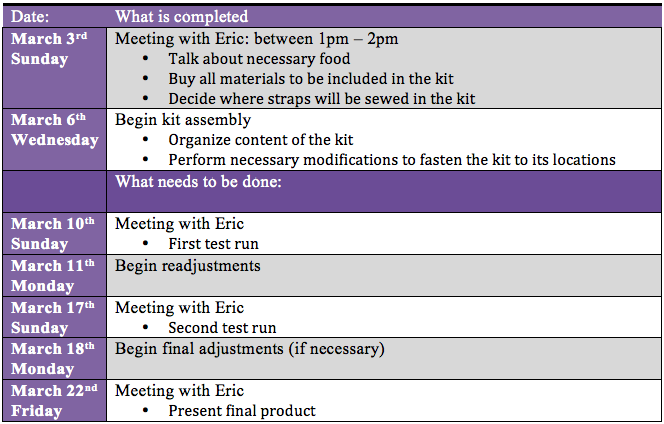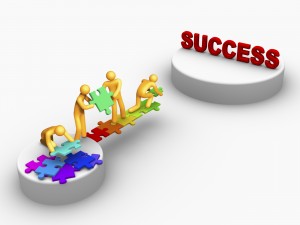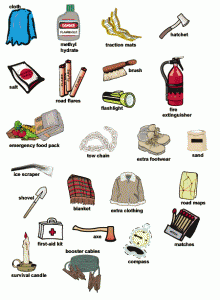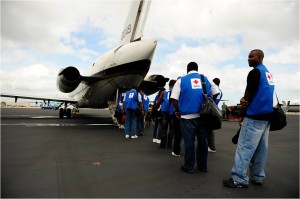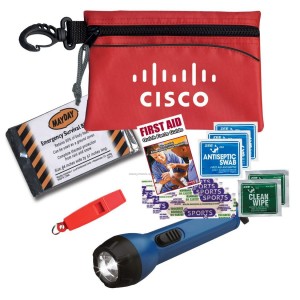This blog post wraps up our CBEL project, summarizing our achievements, contribution to the community and what we learned as a team.
Presentation
On Monday March 25 we held a poster presentation for our client, showcasing our project scope, constraints, brainstorming ideas, and finally our final product. Many people were intrigued by our project with different professors and clients coming up to speak to us. Below is a picture of the poster we designed for the poster presentation session.
Project Summary
Achievements
Our team has made many achievements through the course of this project. One of our first tasks was to come up with the contents of the kit; this took quite a bit of research and extra thought. In the end we believe we came up with the best combination of items possible to meet Eric’s needs during an emergency situation. Our next achievement was the project implementation. Everything went according to plan as we met all deadlines and safely secured our two kits in Eric’s home. Lastly we believe we have raised awareness to the community about disaster response situations during our poster presentation session.
What did we contribute to the community that we served?
We contributed to the community by designing and implementing a post disaster emergency kit for our client, Eric Molendyk. We were able to use our engineering knowledge and expertise to increase the survivability of our client in the case of an unforeseen disaster. Also as we stated earlier, we were able to raise awareness of post disaster preparedness to members of the community by our poster session.
What did we learn about project context, planning, and implementation?
In terms of project context we have learned that it can be very hard to meet your client’s needs exactly and changes may be needed throughout the project. At first our client wanted only one emergency preparedness kit safely secured in his home that would be of immediate assistance in the case of an emergency. Given the projects constraints such as the limited space in his home, and his limited range of motion, our team decided to make two kits. A larger kit, which contained all necessary items, was placed in his main hallway and a smaller kit was secured for his room. This smaller kit contained just the essentials for surviving an emergency. We believe our client was very happy with our change to his original requests since we were well below our $200 budget and securely placed not one, but two kits in his home.
With project planning our team always had a tough time with reaching final decisions and from this we each learned a lot about teamwork and also respecting each other’s opinions. There were many cases throughout the project where team members would disagree with other member’s ideas, and it was not always easy to settle these arguments. Towards the end of this project our team was much better with making decisions and respecting each other’s opinions.
Lastly, with project implementation we learned that everything does not always go according to plan as we originally thought up. For instance there was a major set-back for us when we purchased the wrong size kit. The first kit we purchased was too large and considering Eric’s limited space we were not able to find a suitable place to secure the kit. As a group we quickly learned that we should not be making any major decisions or purchases without being completely sure. After this mistake we did not purchase anything until Eric agreed with our interim report, which included all contents of the kit. We also measured the area where we were deciding to place our kits so that it was not too small for the kits we were planning on purchases.
Since this is our concluding blog post, we would like to give a special thanks to our client Eric Molendyk, Pat Tweedie, the National Program Coordinator of Tetra Society of North America, Shalaleh Rismani, our mentor and Susan Nesbit, our course instructor.

